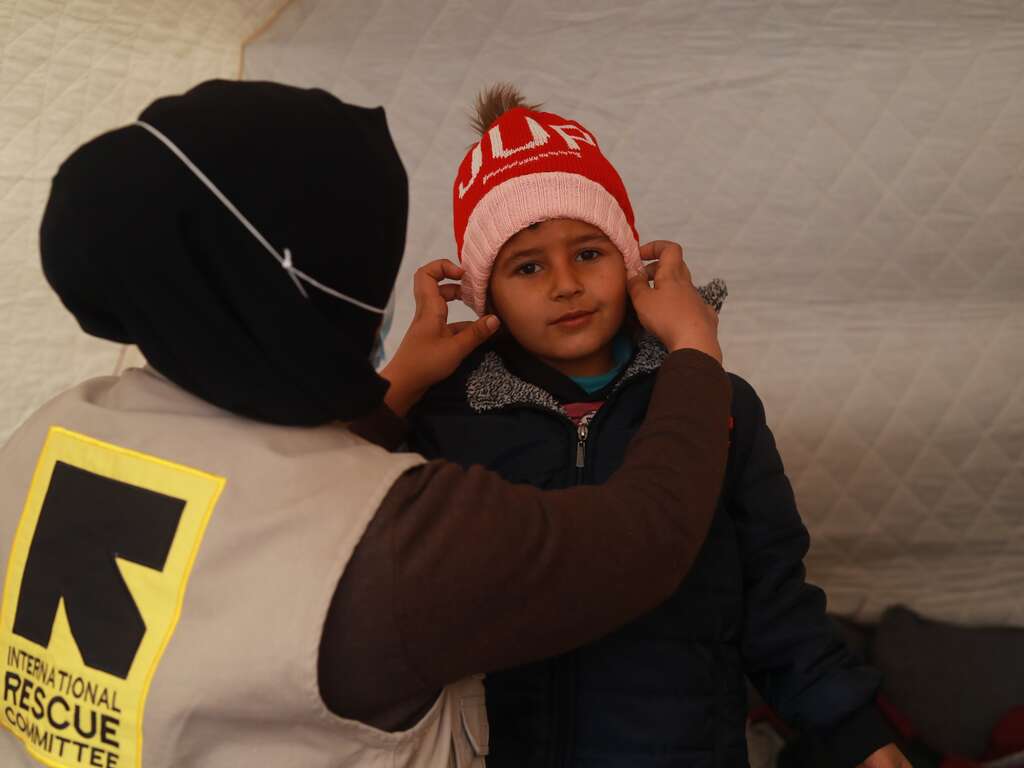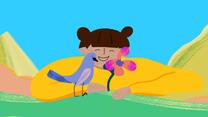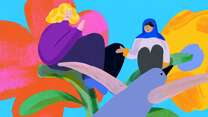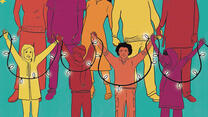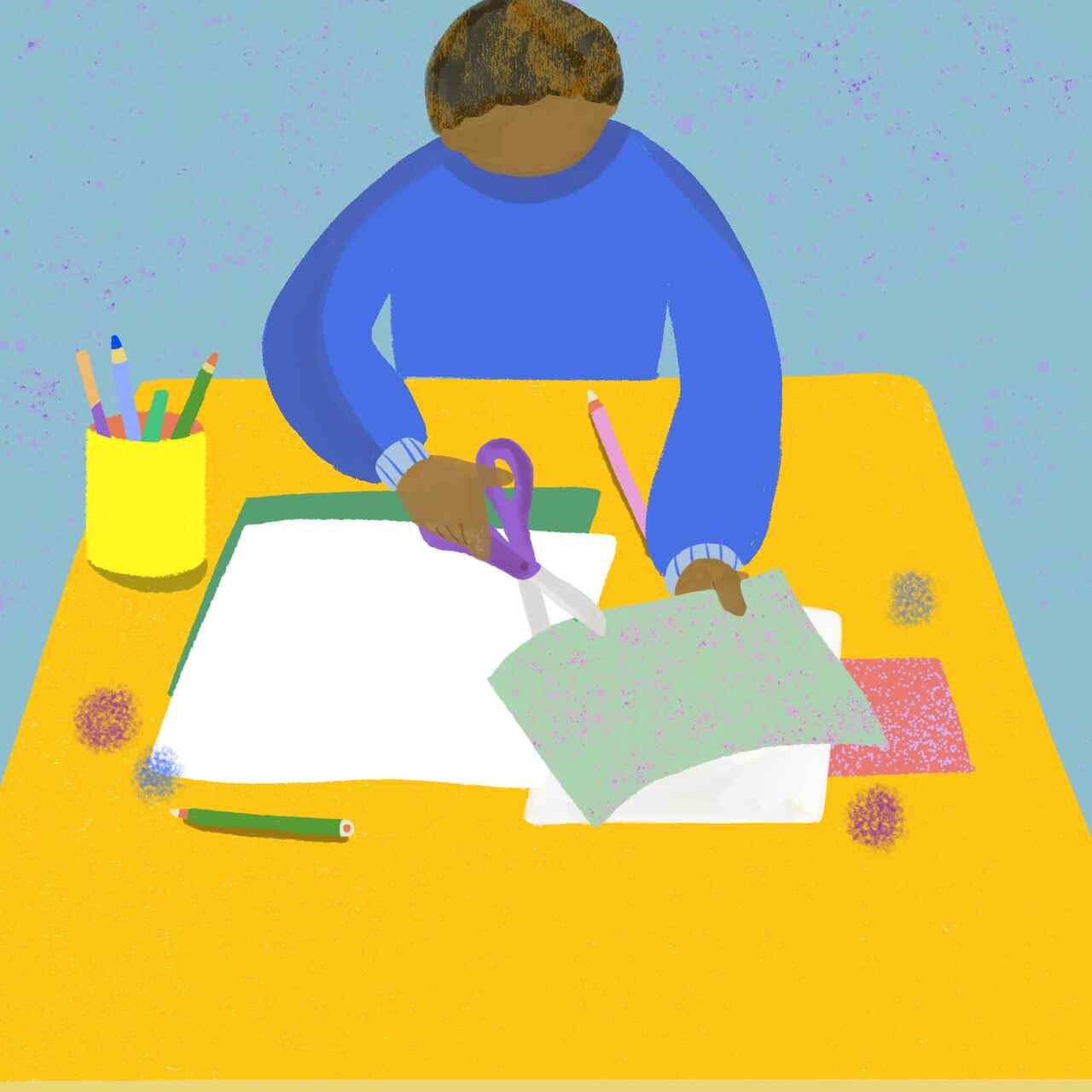
The IRC’s Healing Classrooms programme trains schools and educators on how to offer refugee and asylum-seeking children a safe place to learn and thrive after experiencing conflict and crisis. Teacher Suzanne travels between schools using the Healing Classrooms approach in her art lessons. She explains how this promotes healing and community through creative expression, helping students to process their emotions and celebrate their identities.
How was it possible for you to do this art project with the children in Brighton and Hove?
We work with any child who comes with EAL. Sarah, our team leader, got funding for Syrian, Afghan and Ukrainian children so I could go into schools and work with refugee children, using your principles from Healing Classrooms and share it with schools.
I’ve stepped away from my usual role and can now focus completely on Healing Classrooms, refugee students and art.
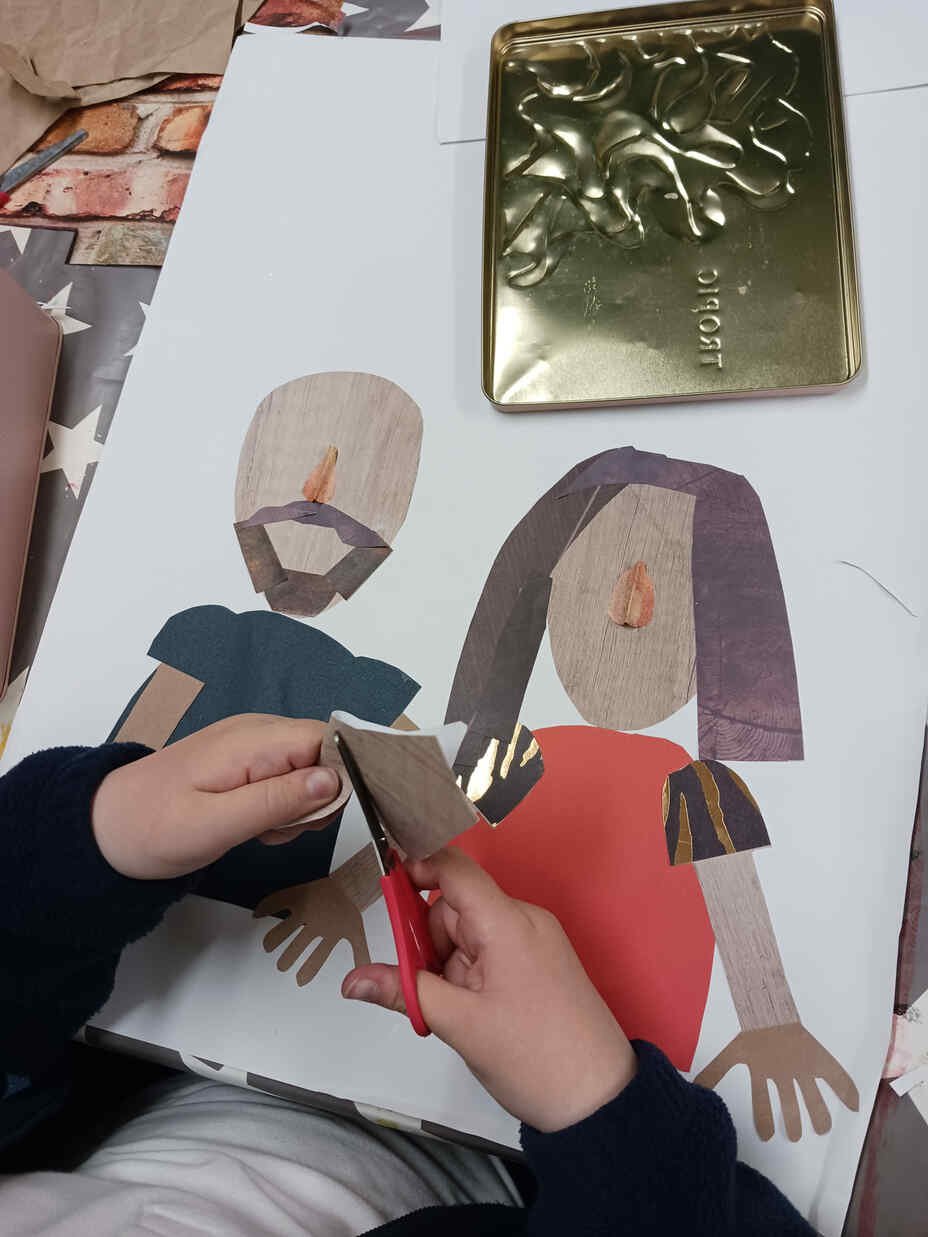
Explain how you go about delivering these art sessions in school
I have six week blocks with children – schools don’t have to pay for me.
I have my set things that I do that I know work well with most children. It allows them to be free in how they respond and talk, and within that they choose the activities they want to do.
We spend time creating self-portraits and learning the language and then I ask them what they would like on the posters that represents them. Some children put Harry Potter or SpongeBob. Others use pictures from their country, food and what they bring with them to the UK.
If there’s a picture of the beautiful mountains in Afghanistan, we use that as a background.
We make kites out of plastic bags with Afghan children.
We put them up on the wall – celebrating what each child brings and then the child is able to share what they’ve created with their whole class.
We shouldn’t be seeing children as being in a deficit, they have so much to bring. We should use an asset-based approach to teaching and learning.
The joy for me is I don’t have to connect with the curriculum – I can do this and I can raise their profile and that’s a privilege for me to be able to do that."
Which artist was the stimulus and inspiration for the style of art produced by the children?
We did a Speech and Language training in Brighton and we were talking about the difference with refugee children – they have strong attachments to their families and this often differs from children who are experience adverse childhood experiences in Britain. That family strength is something to really celebrate – they’ve been through a lot, but they’ve been through a lot together – we want to celebrate this.
We started to create art inspired by artist Judy Bowman from Detroit – an African American artist who draws on family and culture to make beautiful portraits out of different fabrics and paper designs.
Judy Bowman has a striking image of a Black man with his fist held up and on his clenched fist, it says “love”. Bowman uses fabrics from people’s countries to bring in their identities and we replicated this in our work in Brighton and Hove by using fabrics from Syria, Afghanistan and more. Her work is exhibited on her Instagram account.
Children chose their words and wrote “courage”, “respect”, “family” on their fists.
We then made cartoon splashes with these positive words.
There is always a mixture of emotions between “I’m missing my home and family” while focusing on rebuilding and being positive in the UK.
I actually contacted the artist and to my surprise, she immediately responded and asked if she could see the pictures of the children’s work. The next day, I got an email asking if she could send me her collage paper for the refugee students to use!
They made their collage of a very important person; someone in their families, or their best friends.
"It’s giving them an opportunity to be creative, really think about their families and talk about them and then share that with a wider audience.”
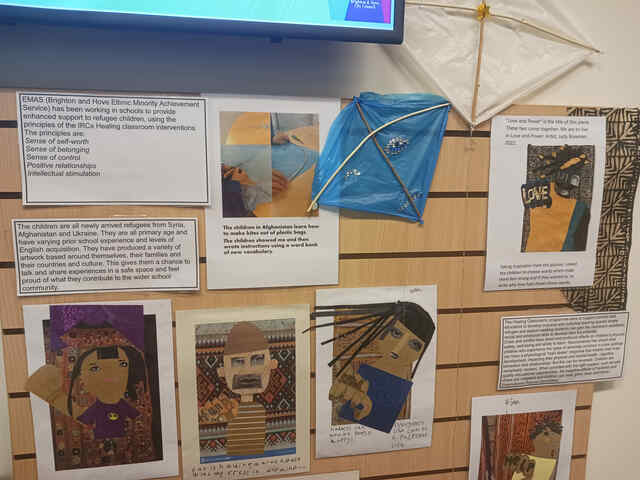
How did you go about showcasing the children’s work?
Because it was Refugee Week we wanted to display it.
We sent the invites out to all the schools that I’ve worked in and wrote personal invites to the parents for a celebration.
“One particular school have massively got involved in our projects - they’re really interested in Healing Classrooms – we had information about the training programme up to advertise it.”
“I’m hoping that more teachers sign up for Healing Classrooms.”
What was the response to the Refugee Week Art Exhibition ?
We had one mum at the exhibit and her joy was being communicated without us having a shared language.
Everyone came in their best clothes and it was such a wonderful thing.
The children’s work was displayed at the Main Library in Brighton and Hove. “When the children saw their work up in a public space, they were so proud”.
Judy Bowman wrote a letter back to the children after seeing the exhibition: “I’m so happy to see how creative these pieces of art are – they warm my heart”.
The children wrote letters to the artist which I emailed to her.
In Brighton and Hove we have Sanctuary on Sea, who help refugee families when they arrive. One attendee, originally from Afghanistan and now a refugee in the UK, said “It’s so lovely to see refugees represented in a joyful way”.
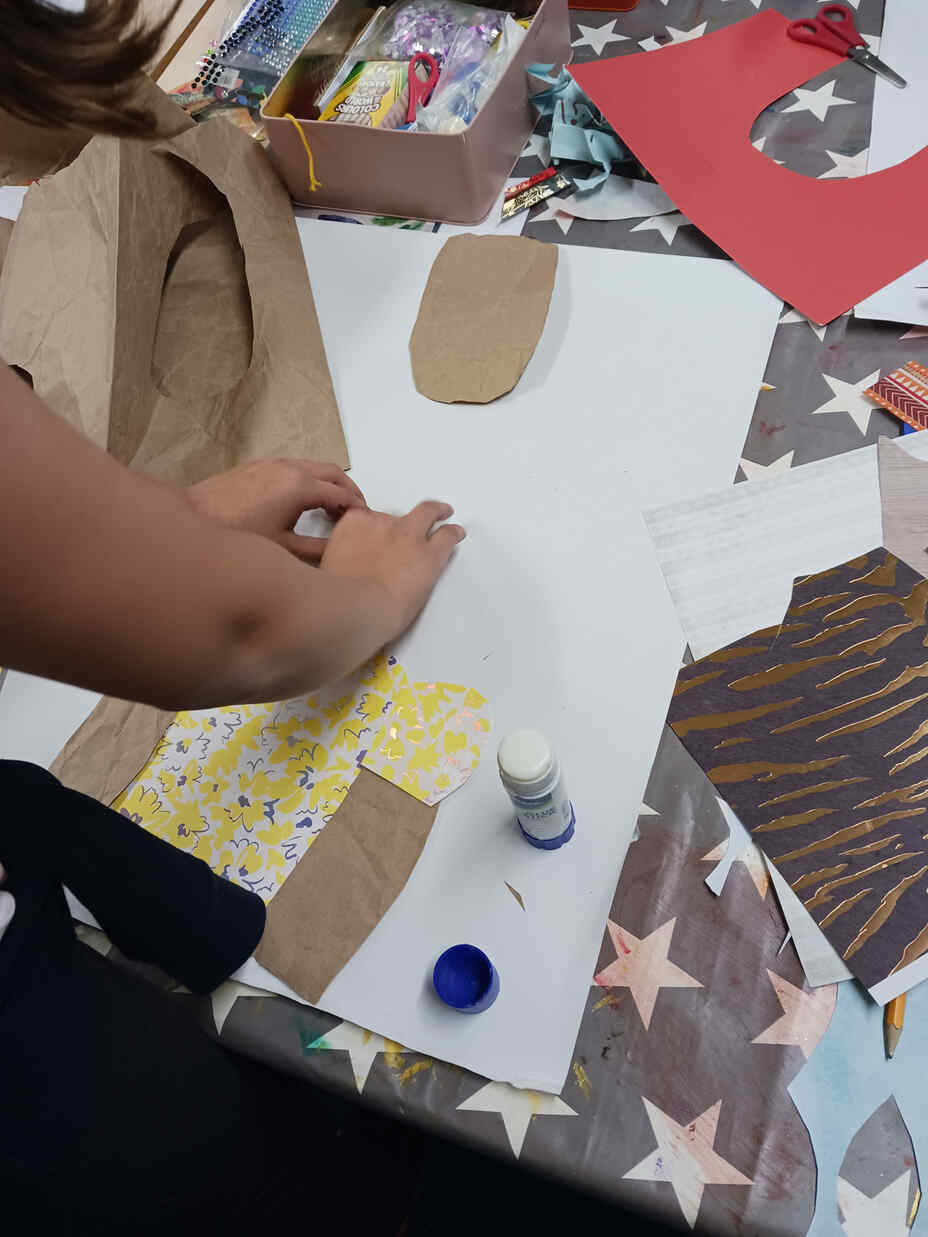
What was most useful about the Healing Classrooms training?
I loved the resource from the Healing Classrooms Handbook: I am… I can … I have… I dream… – we made those and put them up on a display.
One head teacher said after seeing new students’ completed worksheets: “it gives me something to talk about with the children that’s about them.”
Some comments from the children: “I dream of going back and being an ambulance driver in Afghanistan.” Another child said “I dream of being an engineer to rebuild my country.”
Completing the Healing Classrooms programme and receiving the free handbook helped my work greatly. As we know, so much in schools needs to be evidence-based and the fact that the IRC's research is so robust about how adversity affects the brain and how these principles can impact a child, it helps me to promote these ideas in schools and back up the strategies that I use with children.
Schools need that to be able to say “we’re on board and we can see the proven results”.
The fact that Healing Classrooms is based on years of work in refugee camps is key.
It’s not just me going in with my art box but it’s based on something solid and that gives me the gravitas to say this is really important for these children.
